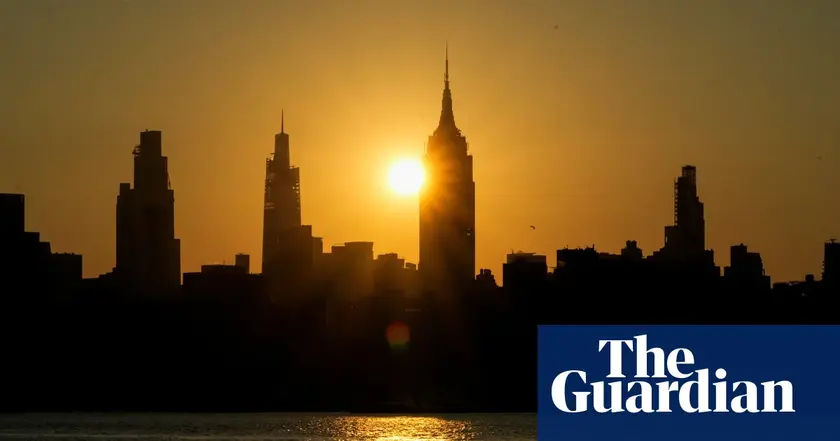T4K3.news
NYC Legionnaires outbreak prompts inspection review
Five ZIP codes face higher risk as cooling towers see fewer inspections this year.
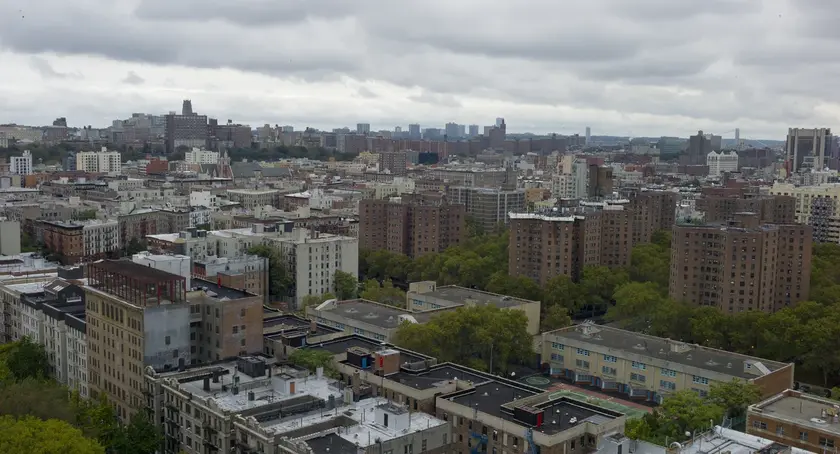
Five ZIP codes face higher risk as cooling towers and a drop in inspections raise safety concerns.
NYC Legionnaires outbreak highlights inspection gaps in five ZIP codes
New York City is confronting a Legionnaires’ outbreak linked to Harlem and surrounding areas that has so far caused three deaths and hospitalized more than 20 people. Officials identified 11 buildings with active Legionella bacteria but have not released their locations, instead naming five ZIP codes where residents are deemed most at risk. As of August 13, the five ZIP codes 10027, 10030, 10035, 10037 and 10039 contained 97 cooling towers, with 10027 hosting about half of them, including parts of Morningside Heights and Central Harlem. Manhattan houses the largest share of towers citywide, totaling 3,635 out of 4,929.
Gothamist analyzed nearly a decade of public data and found that while citywide inspections rose after a 2015 law, they fell sharply under Mayor Eric Adams, with the five ZIP codes hit hardest by the outbreak seeing the steepest declines. City officials have not provided new details on whether expanded testing could have prevented the outbreak, and the Health Department has not answered questions about the pace of inspections.
Key Takeaways
"Legionella bacteria can form in the cooling towers atop buildings and spread through the air."
Public health explanation of transmission.
"We don't want to give New Yorkers a false sense of security."
Health Commissioner Michelle Morse on messaging.
"Inspecting towers has fallen to near pandemic lows since Adams took office."
Observed inspection trend in recent years.
"This is a trust issue as much as a public health concern."
Editorial takeaway on transparency and accountability.
The data point to a broader pattern: public health depends as much on sustained funding and steady enforcement as on scientific guidance. When inspections dwindle, even strong rules lose their bite. The decision not to identify exact buildings but to name ZIP codes feeds a perception of opacity at a moment when residents crave clarity. Transparency and consistent enforcement should go hand in hand, not follow a city calendar.
This episode tests more than a laboratory risk. It tests political will and budget choices that shape who gets checked and when. If the city cannot maintain regular inspections and open communication, trust erodes just as quickly as pathogens spread. Public health needs steady support, not episodic activism.
Highlights
- Legionella bacteria can form in the cooling towers atop buildings and spread through the air.
- We don't want to give New Yorkers a false sense of security.
- Inspecting towers has fallen to near pandemic lows since Adams took office.
- This is a trust issue as much as a public health concern.
Budget and political risk in outbreak response
The piece highlights a sharp drop in cooling tower inspections since 2021 and under Mayor Adams, raising concerns about public safety, transparency, and accountability. The lack of specific building data in the released information could undermine trust and hinder targeted prevention.
Public health work is ongoing and requires steady funding and clear communication.
Enjoyed this? Let your friends know!
Related News
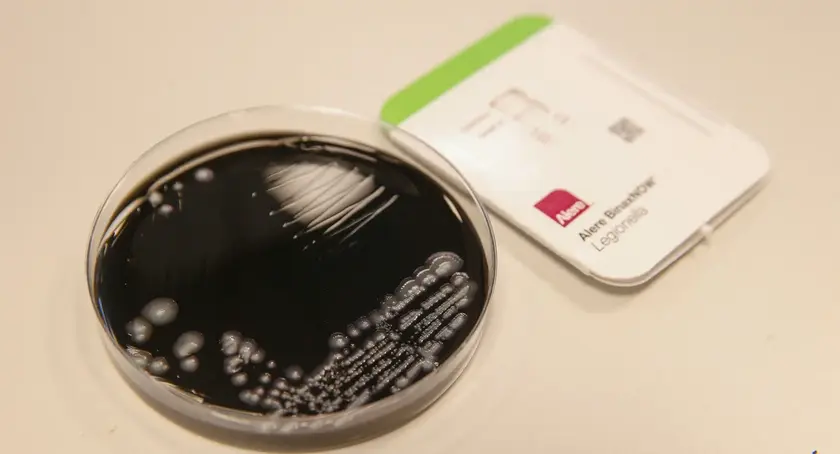
Legionnaires' inspections drop sharply ahead of outbreak
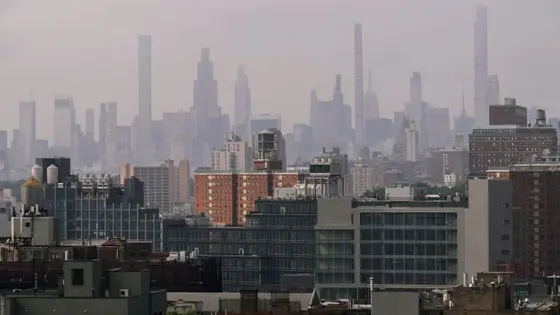
Legionnaires cases rise to 90 in NYC
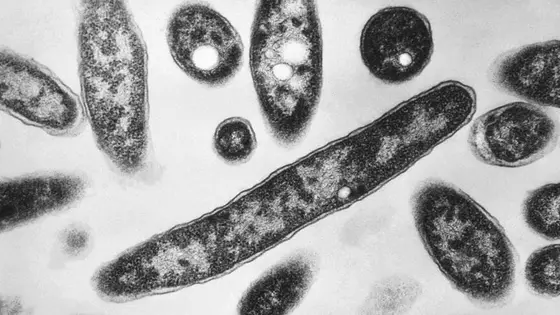
Legionnaires’ disease outbreak in NYC confirmed
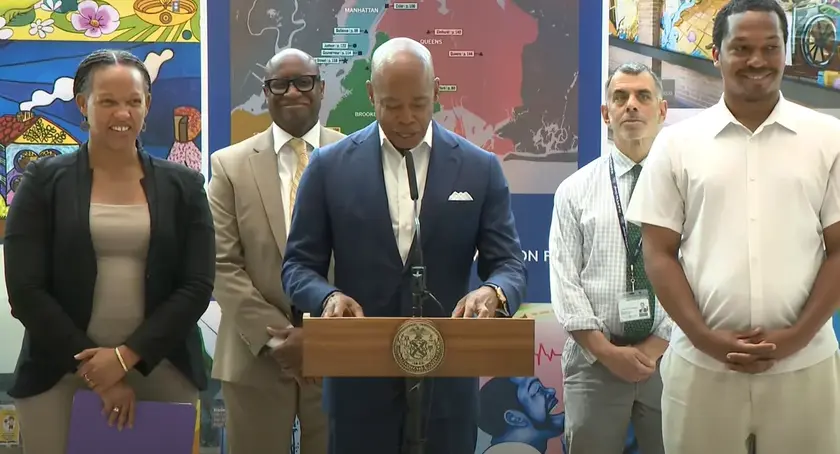
Harlem Legionnaires outbreak linked to government buildings
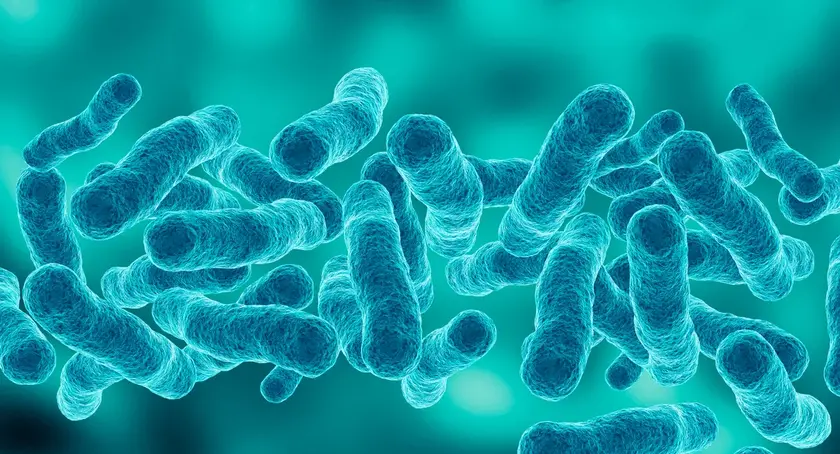
Legionnaires’ disease outbreak in Harlem
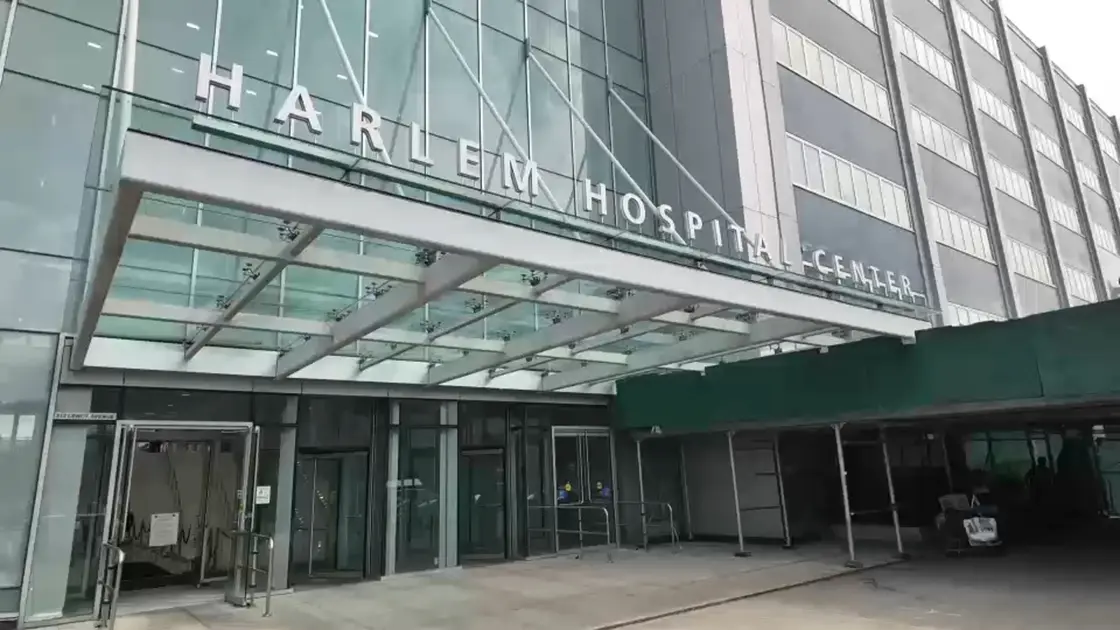
Harlem Legionnaires Update
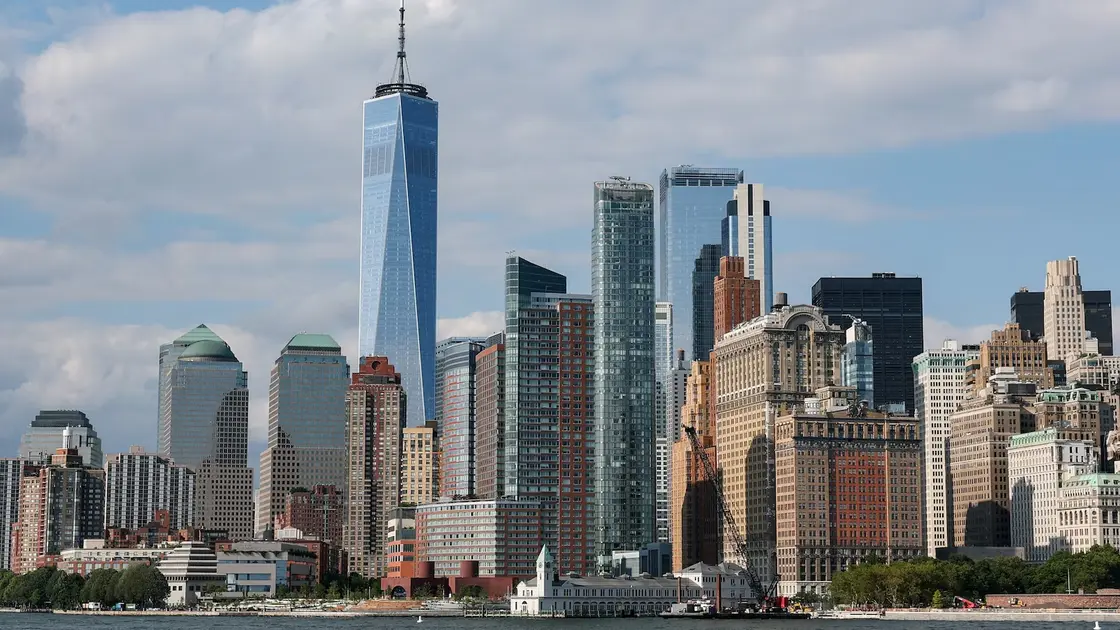
Legionnaires' disease cluster impacts NYC residents
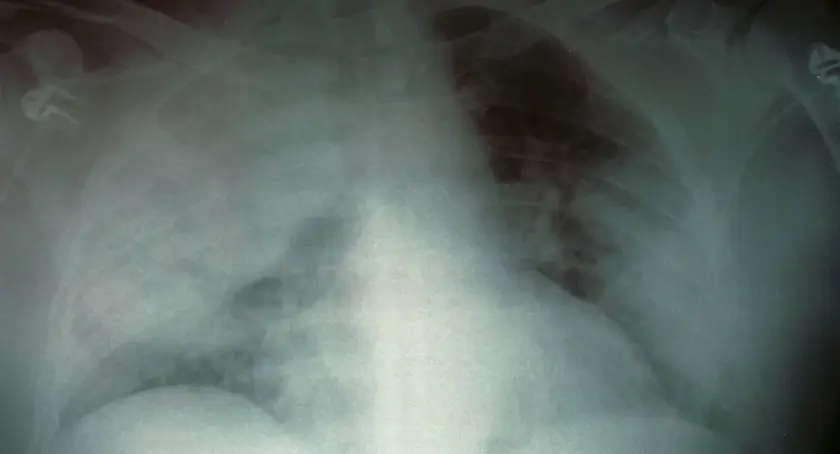
Legionnaires' disease outbreak in Central Harlem
